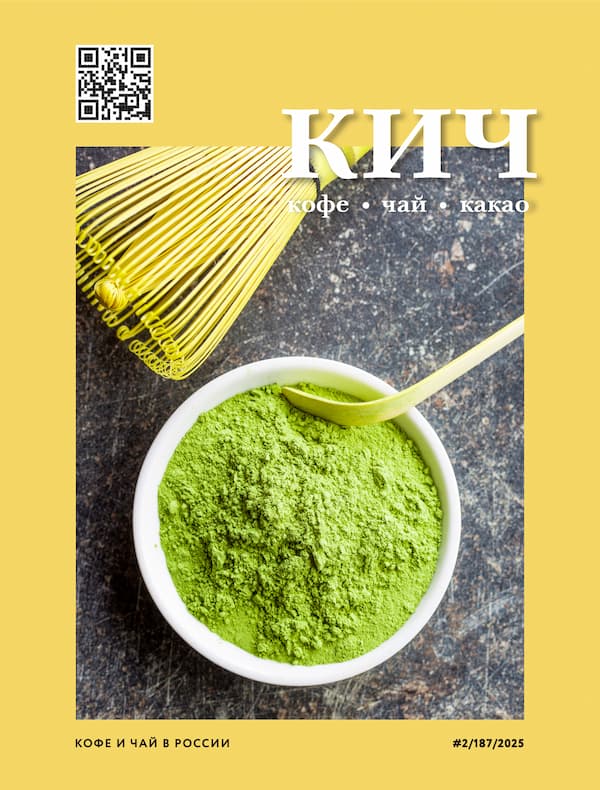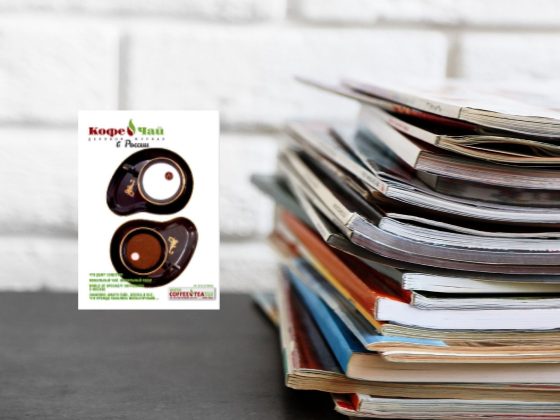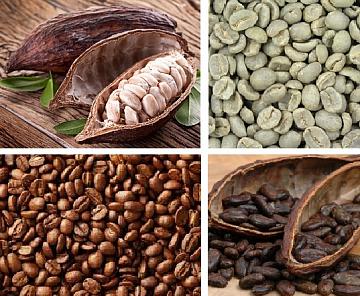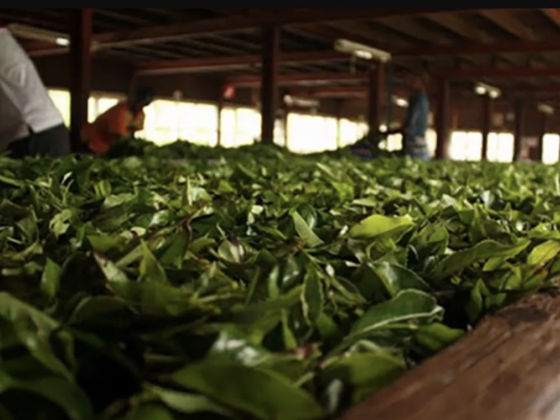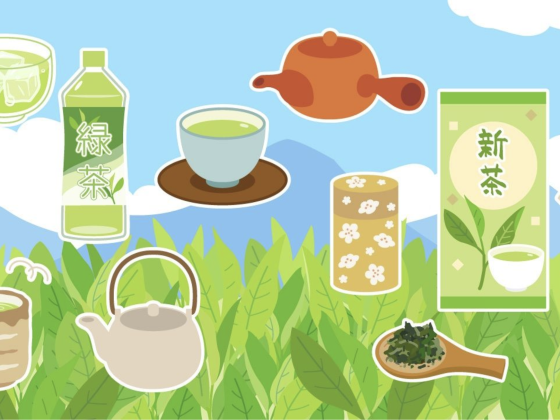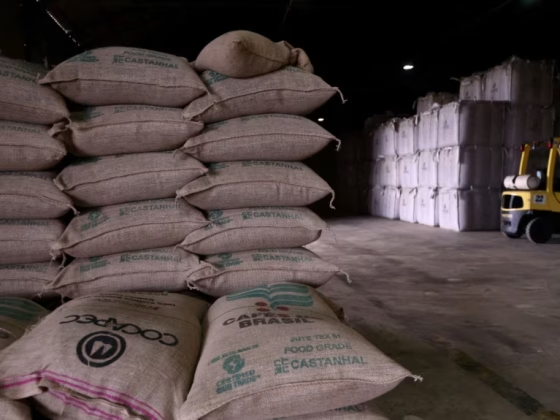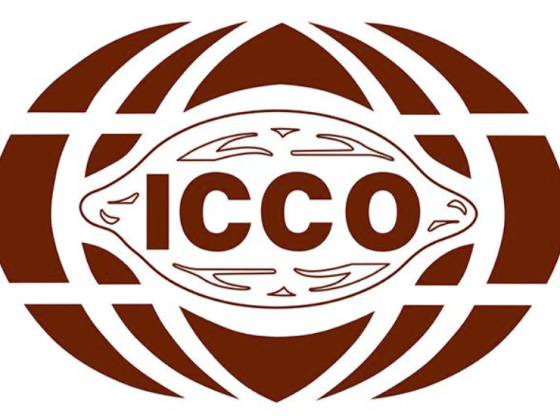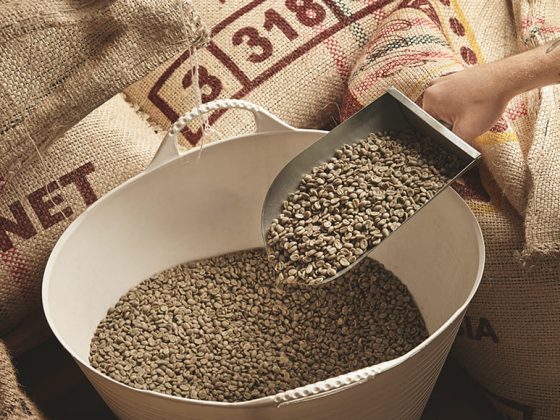The Tea Board is likely to complete the issue of identity cards to small growers in India by October 2015.
“Data collection is time consuming. Our second batch of development officers joined in January. By the end of the current year, we hope to complete about 70-80 per cent of the project,” said G. Boriah, adviser to the Tea Board.
The identity cards will make it easier for the government to track the widely spread out small planters. It will also help growers to get subsidies offered by the board.
Small growers are classified as those holding a minimum or less than 25 acres under plantation. Even as they emerge as a reckoning force in the industry, they have been constantly under pressure for irregular plantation practices and compromising on quality. Most land owners do not hold a valid deed.
The Tea Board has deployed development officers nationally to do a recce and authentication. With the help of GPS instruments, they locate and map a garden before issuing the identity card.
The estimated cost per card is Rs 100, and the total number of small growers in the country is over 2 lakh.
The card will contain the address of the grower along with the plantation area, phone number, bank account details, quantity and place of supply of green tea leaves and a registration number. Close to 60,000 cards have already been issued, mostly to growers in Assam; Bengal alone has over 40,000 such growers.
Till 1999, small growers contributed about 111 million kg to the total production. At present, the figure hovers around 400 million kg, or close to 35 per cent, against the total production of 1,200 million kg. This is expected to rise to 50 per cent in the next 10 years.
The contribution of small growers is much higher in Kenya, a major producer of crush, tear, curl variety. About 500,000 small growers in that country produce 70 per cent of the crop. They are also not as dispersed as in India, with each of the tribal communities working as a collective group. In Sri Lanka, the share of small growers is 60 per cent.
According to Bijoy Gopal Chakraborty, president of the Confederation of Indian Small Tea Growers Associations (Cista), they can produce high quality tea at a low cost as they do not have to bear the burden of plantation labourers and associated expenses.
“The cost can be as low as Rs 10-11 a kilogram for us against Rs 25 a kilogram for the big growers. Our tea is young and we take extra care. If the export acceptability for our tea goes up, so will our profit margins,” he said.
“To compete with Kenya, we require higher quality tea at a lower cost. Our target should be to export at least 25 per cent if our contribution to output goes up to 50 per cent.”
Cista recently organised an international small tea growers’ conference — the first of its kind — to discuss best practices followed in countries such as Nepal, Mozambique, Bangladesh, Sri Lanka and Indonesia.
Source: telegraphindia.com/1140310/jsp/business/story_18063728.jsp#.Ux7Dffl_un8
